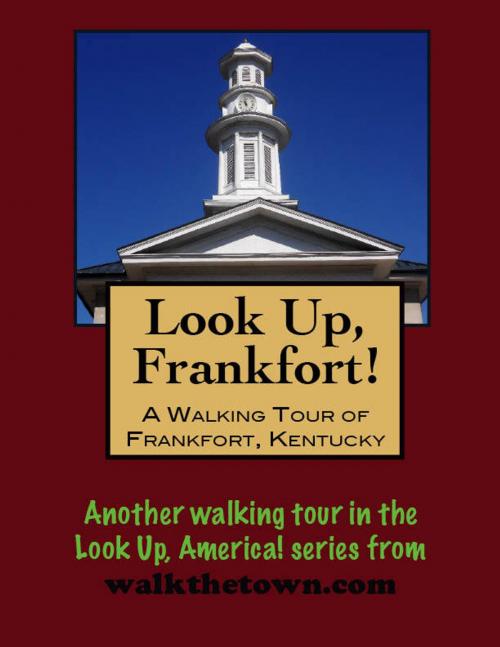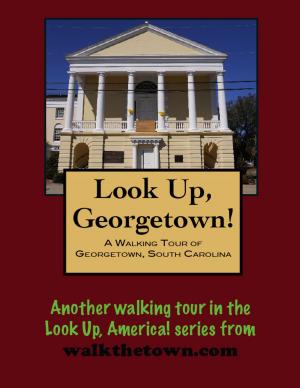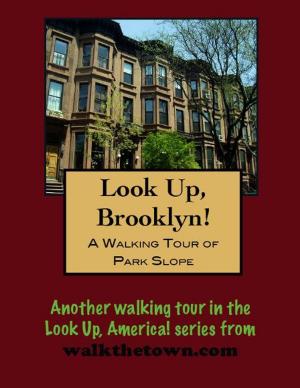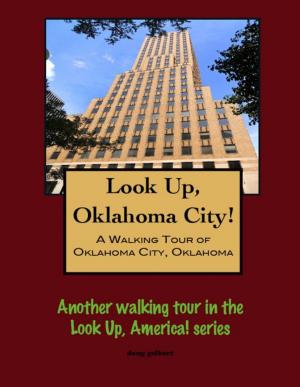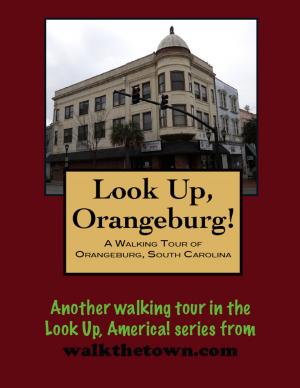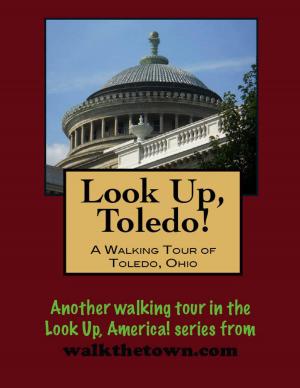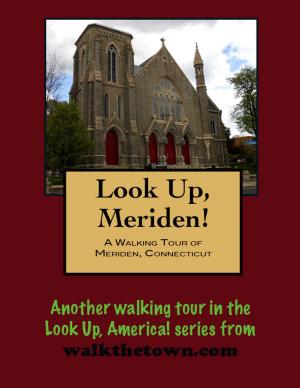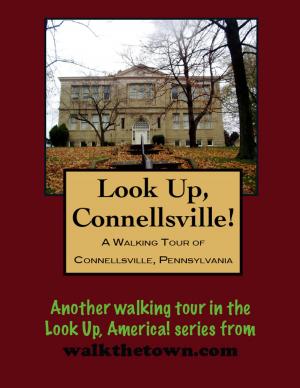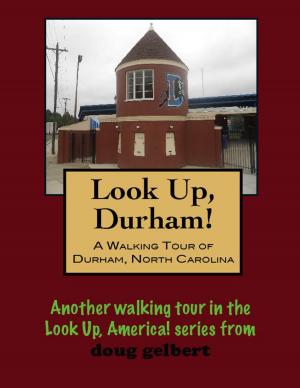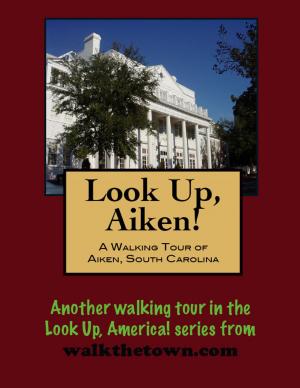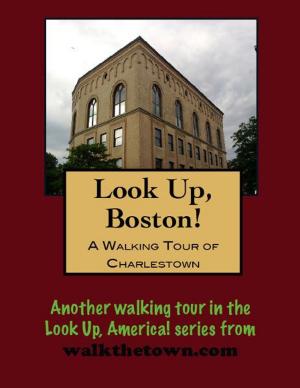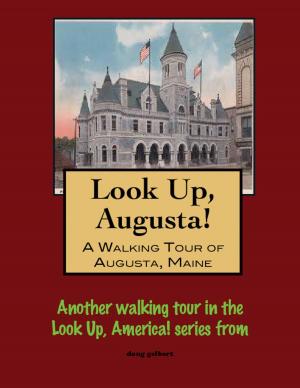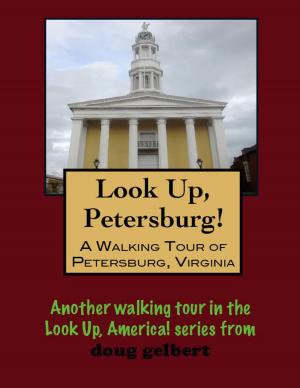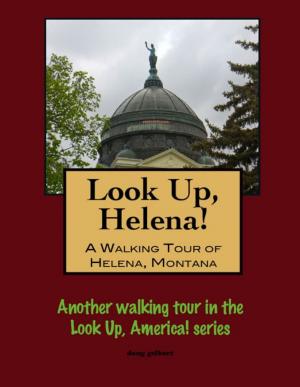Look Up, Frankfort! A Walking Tour of Frankfort, Kentucky
Nonfiction, Travel, United States, South, History, Americas| Author: | Doug Gelbert | ISBN: | 9781465780133 |
| Publisher: | Doug Gelbert | Publication: | November 19, 2011 |
| Imprint: | Smashwords Edition | Language: | English |
| Author: | Doug Gelbert |
| ISBN: | 9781465780133 |
| Publisher: | Doug Gelbert |
| Publication: | November 19, 2011 |
| Imprint: | Smashwords Edition |
| Language: | English |
There is no better way to see America than on foot. And there is no better way to appreciate what you are looking at than with a walking tour. Whether you are preparing for a road trip or just out to look at your own town in a new way, a downloadable walking tour is ready to explore when you are.
Each walking tour describes historical and architectural landmarks and provides pictures to help out when those pesky street addresses are missing. Every tour also includes a quick primer on identifying architectural styles seen on American streets.
After Kentucky became a state, five commissioners were appointed on June 20, 1792, to choose a location for the capital. They had several communities jostling for the honor and presumably a list of criteria but most importantly the commissioners were looking for free land and free buildings. General James Wilkinson who had purchased this land on the north side of the Kentucky River in 1786 offered the use of one of his buildings for seven years, 10 boxes of window glass, 1,500 pounds of nails, a passel of locks and hinges plus the use of a sawmill, quarry, wagon and two good horses. And Frankfort boosters threw in $3,000 of gold. Frankfort, named for Stephen Frank who was killed in 1780 by Indians while making salt in a ford of the Kentucky River, became the capital of the Commonwealth of Kentucky.
All was amicable enough in the early going but with a covetous and increasingly powerful town on either side, the capital never rested easily in Frankfort. Twice the state Capitol burned, in 1815 and 1824, and each time Louisville and Lexington made ominous noises about shifting the seat of government away from Frankfort. Even after a grand government temple was constructed to serve as Kentucky state capitol in 1830 the town did not leap into prominence. The population grew from 1,682 to 1,917 over the next ten years. In fact, in 1950, even after annexing South Frankfort, there were still fewer than 12,000 people in the capital city.
The economic growth of Frankfort was derailed by the railroads that shifted dreams from the Kentucky River to the ports of the Ohio River. Frankfort settled into the life of a prosperous town of manufacturing concerns of local importance. There were distilleries, leather-makers, tobacco markets, pork processing, lumbering and hemp production. Today the streets of the business district, named by Wilkinson for family members and friends who were Colonial-era military leaders, are filled with souvenirs of the 19th century, as befits a town that has never been in a rush to modernize and our walking tour will begin at the stateliest of them all...
There is no better way to see America than on foot. And there is no better way to appreciate what you are looking at than with a walking tour. Whether you are preparing for a road trip or just out to look at your own town in a new way, a downloadable walking tour is ready to explore when you are.
Each walking tour describes historical and architectural landmarks and provides pictures to help out when those pesky street addresses are missing. Every tour also includes a quick primer on identifying architectural styles seen on American streets.
After Kentucky became a state, five commissioners were appointed on June 20, 1792, to choose a location for the capital. They had several communities jostling for the honor and presumably a list of criteria but most importantly the commissioners were looking for free land and free buildings. General James Wilkinson who had purchased this land on the north side of the Kentucky River in 1786 offered the use of one of his buildings for seven years, 10 boxes of window glass, 1,500 pounds of nails, a passel of locks and hinges plus the use of a sawmill, quarry, wagon and two good horses. And Frankfort boosters threw in $3,000 of gold. Frankfort, named for Stephen Frank who was killed in 1780 by Indians while making salt in a ford of the Kentucky River, became the capital of the Commonwealth of Kentucky.
All was amicable enough in the early going but with a covetous and increasingly powerful town on either side, the capital never rested easily in Frankfort. Twice the state Capitol burned, in 1815 and 1824, and each time Louisville and Lexington made ominous noises about shifting the seat of government away from Frankfort. Even after a grand government temple was constructed to serve as Kentucky state capitol in 1830 the town did not leap into prominence. The population grew from 1,682 to 1,917 over the next ten years. In fact, in 1950, even after annexing South Frankfort, there were still fewer than 12,000 people in the capital city.
The economic growth of Frankfort was derailed by the railroads that shifted dreams from the Kentucky River to the ports of the Ohio River. Frankfort settled into the life of a prosperous town of manufacturing concerns of local importance. There were distilleries, leather-makers, tobacco markets, pork processing, lumbering and hemp production. Today the streets of the business district, named by Wilkinson for family members and friends who were Colonial-era military leaders, are filled with souvenirs of the 19th century, as befits a town that has never been in a rush to modernize and our walking tour will begin at the stateliest of them all...
